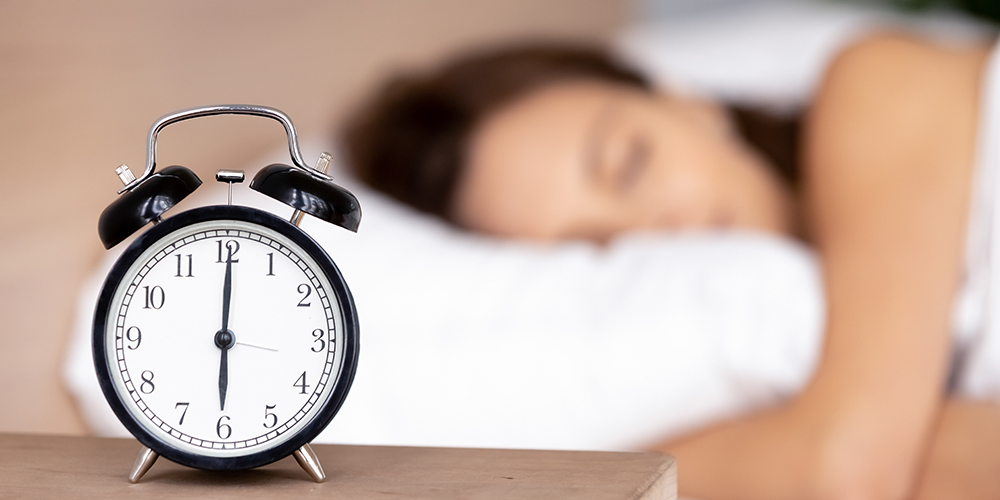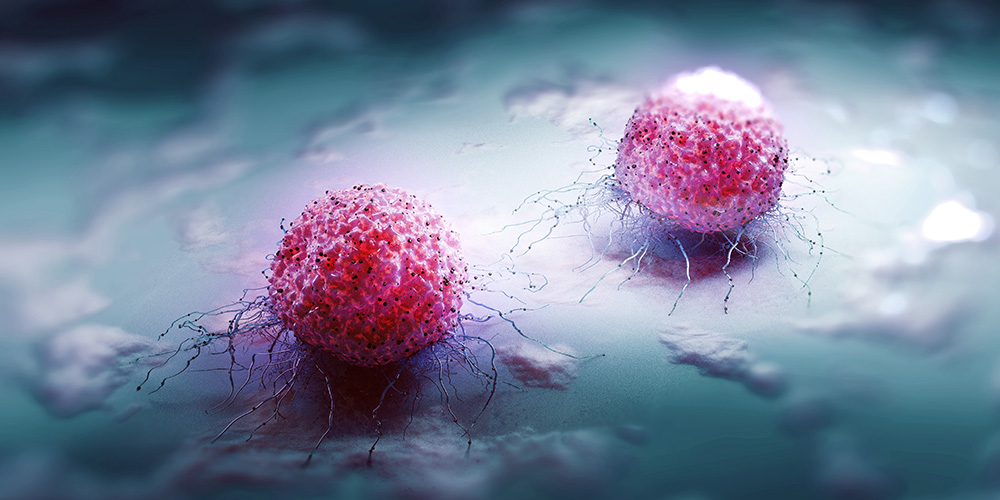Morning Exercise Improves Adolescents’ Sleep
In no other stage of life does sleep change as much as in adolescence. Low-intensity morning exercise can have a positive effect on adolescents’ sleep patterns – as discovered by researchers at the University of Basel and Flinders University in Adelaide.
05 July 2022
The sleep-wake cycle is one of the most important circadian rhythms for us humans. Circadian rhythms follow a 24-hour cycle and control a range of bodily functions consistent with the day-night rhythm of the outside world. “This circadian system changes over the course of our life, and this change is particularly pronounced in adolescence. For many young people, the rhythm shifts to a late chronotype during this phase, meaning they go to sleep later and consequently get up later than adolescents with a moderate or early chronotype,” explains sports scientist and sleep researcher Dr. Christin Lang. Internal factors such as genes and hormones, and external factors such as light, eating habits and medication can also affect this system just as exercise does.
Together with colleagues in Australia, Dr. Christin Lang explored the extent to which low-intensity physical exercise in the morning can affect adolescents’ sleep-wake rhythm. In their study, they examined 19 adolescent males aged between 15 and 18 with a late chronotype and published the results in the journal SLEEP Advances. The participants spent a week in a sleep laboratory and in the mornings undertook either 45 minutes of exercise on a treadmill or a seated activity in dim light. On the first and last evenings in the sleep laboratory, the researchers investigated the point at which the sleep hormone melatonin was released, which marks the sleep phase of the circadian rhythm. They also recorded the emotional state of participants during the day and their sleepiness before they went to bed.
A shift in the sleep-wake rhythm
By the end of the test week, the researchers identified that adolescents doing morning exercise experienced a melatonin release approx. 27.5 minutes earlier in the evening. For the control group tasked with a seated activity, the release started on average 34.3 minutes later than previously. This altered circadian rhythm was reflected in evening sleepiness: those in the exercise group were significantly more tired two hours before bedtime, with the control group nevertheless approaching this level at bedtime. “Given all participants went to bed at fixed times during the test week, no conclusion can be drawn as to whether the earlier feeling of tiredness would also have led to an earlier bedtime,” explains Lang. Mood was identical for both groups.
Environmental factors encourage lack of sleep
During puberty, environmental factors join with these biological changes to contribute to a sleep phase delay. Adolescents want to decide for themselves when they go to bed in the evening and do most of their socializing in the evenings. However, school timetables and apprenticeship hours are rarely adapted to suit this late rhythm. This often results in a chronic lack of sleep on weekdays, which cannot be sufficiently compensated for at the weekend. This has an adverse effect on cognitive, emotional and physical health.
In its study, Christin Lang’s research group investigated for the first time the phase-shifting potential for adolescents of low-intensity exercise carried out in the morning. Previous research has focused on moderate to vigorous exercise for adults who are in good health and physically fit. “Further studies are now needed to examine how our findings apply to the reality of adolescents’ lives. We can, however, already say that riding a bike to school or going for a brisk morning walk can help stabilize the circadian rhythm. Sufficient daylight also supports this process,” concludes Lang.
Original publication
Lang, C., Richardson, C., Short, M., Gradisar, M.
Low-Intensity Scheduled Morning Exercise for Adolescents with a Late Chronotype: A Novel Treatment to Advance Circadian Phase?
SLEEP Advances (2022), doi: 10.1093/sleepadvances/zpac021
Further information
Dr. Christin Lang, University of Basel, Department of Sport, Exercise and Health, phone +41 61 207 61 45, email: christin.lang@unibas.ch



